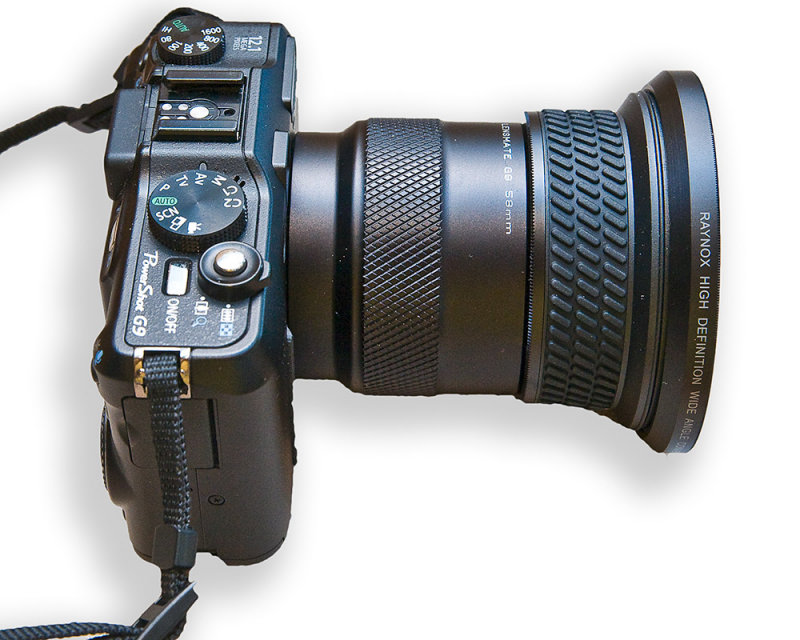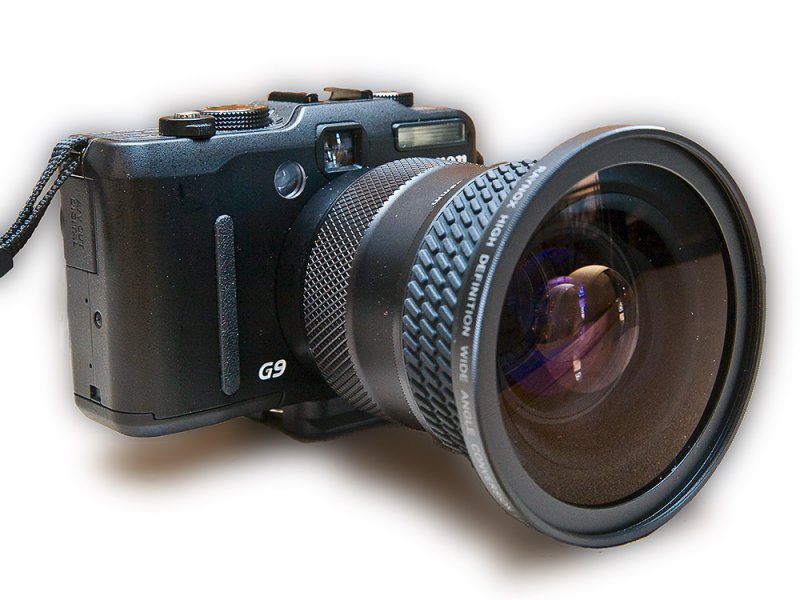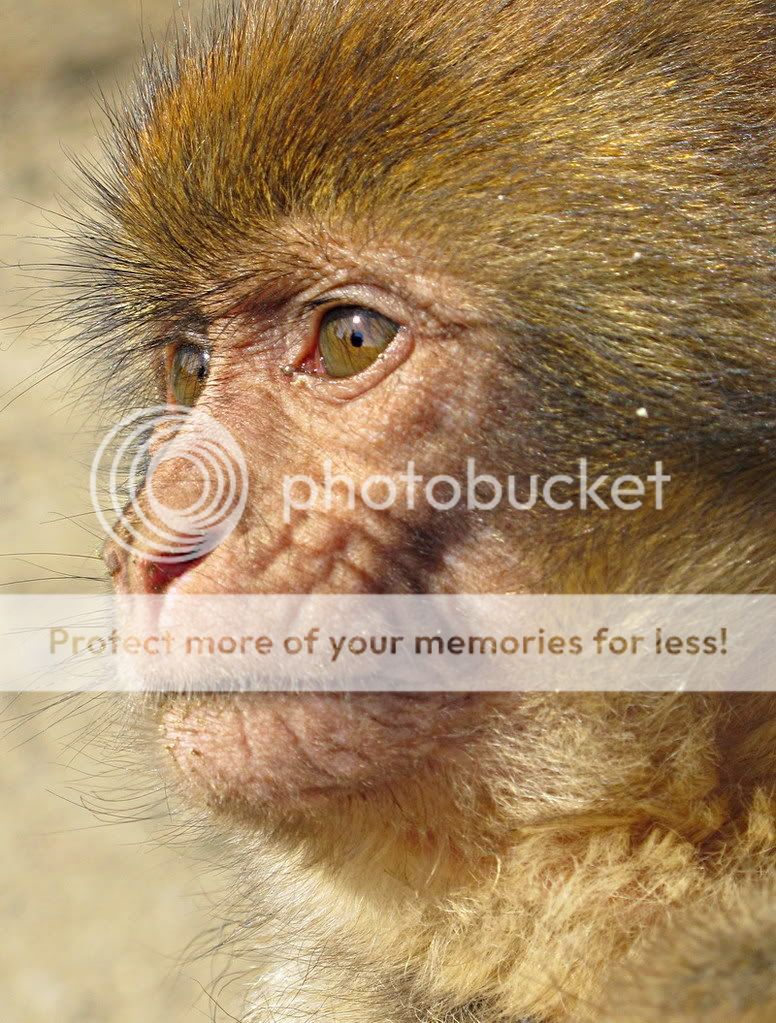Rainer Viertlböck
pro member
the handling of the camera is good, after some hours of using it.
all knobs are intuitive and practical.
in raw the highlights have pretty much room for beeing recovered. i am astonished that Phil A and others write that there is just a little bit of space in the raw data for blown highlights. i dont agree here, it seems to be more or less one stop which can be restored, which is pretty good.
at all i thing till iso400 color quality is good, 800 is usable and 1600 is for b+w only.
i have not problem with grain, i was loving my ricoh gx8 also which was much much more noisy.
great tool for carrying around, the G9.
and the image quality is "professional" enough for many journalistic purposes and in is80 in daylight
for nearly everything. i am excited.
ofcourse its not a mf back and also not a 5d or 1ds* or even not a 350 or 400d,-
but therefor its decent and little.
the onliest issue seems to be that battery life could be longer.
my wishlist for the G11:
28mm at the wide end, maybe with f2 app.
moveable lcd, which could be also a 2,5".
bigger optical viewfinder would be great, also the image in the viewfinder is only around 80% of the final image, this is to less.
all knobs are intuitive and practical.
in raw the highlights have pretty much room for beeing recovered. i am astonished that Phil A and others write that there is just a little bit of space in the raw data for blown highlights. i dont agree here, it seems to be more or less one stop which can be restored, which is pretty good.
at all i thing till iso400 color quality is good, 800 is usable and 1600 is for b+w only.
i have not problem with grain, i was loving my ricoh gx8 also which was much much more noisy.
great tool for carrying around, the G9.
and the image quality is "professional" enough for many journalistic purposes and in is80 in daylight
for nearly everything. i am excited.
ofcourse its not a mf back and also not a 5d or 1ds* or even not a 350 or 400d,-
but therefor its decent and little.
the onliest issue seems to be that battery life could be longer.
my wishlist for the G11:
28mm at the wide end, maybe with f2 app.
moveable lcd, which could be also a 2,5".
bigger optical viewfinder would be great, also the image in the viewfinder is only around 80% of the final image, this is to less.



